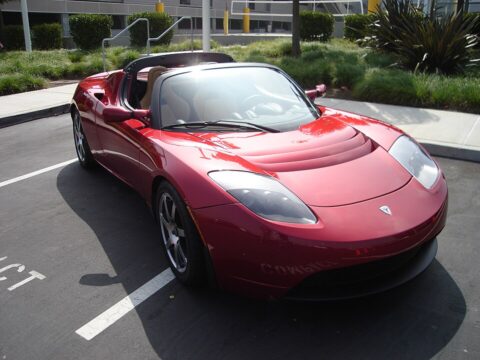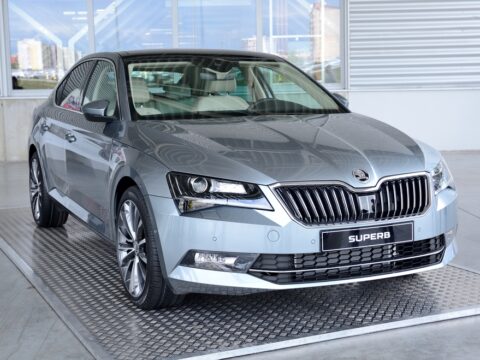Space shuttle launches are some of the most iconic events in space exploration, but they’re often surrounded by myths and misunderstandings. While these launches may seem straightforward, many people hold surprising misconceptions about how they work. In this article, we’ll explore 15 common myths about shuttle launches and reveal the real facts behind them.
Contents
Shuttles launch straight up into space.
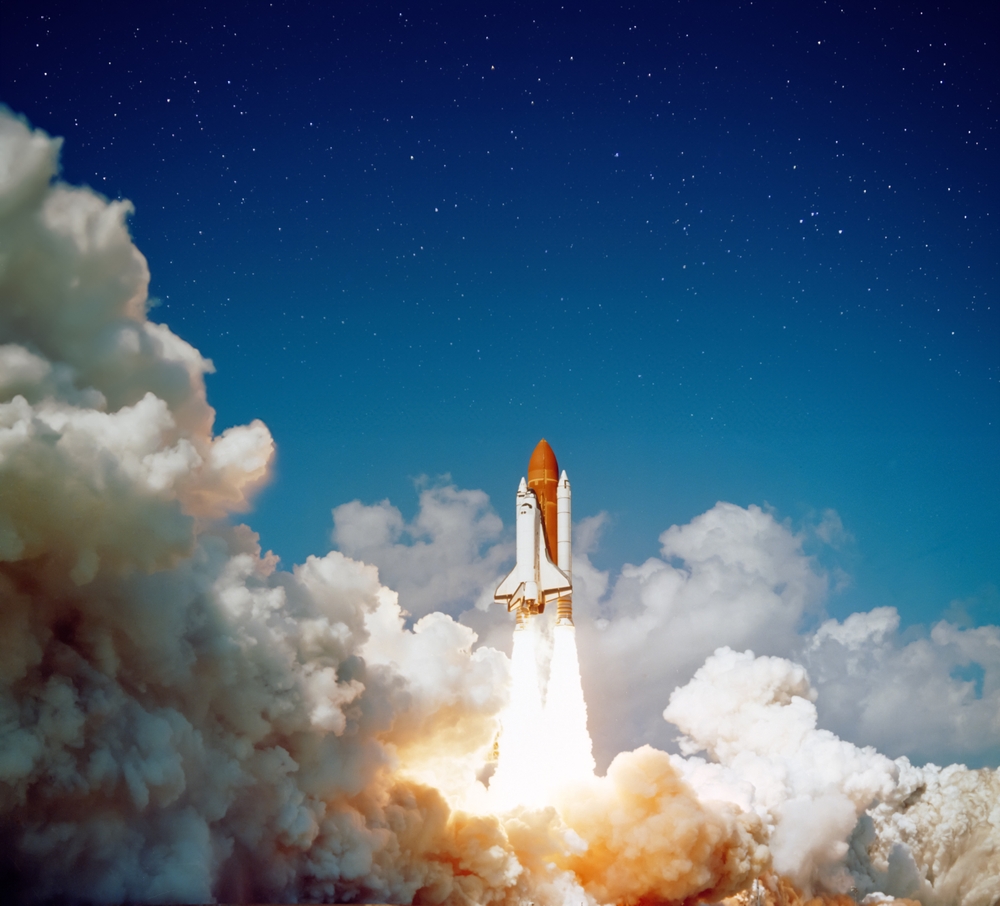
While shuttle launches appear to go straight up at first, they actually follow a curved trajectory known as a gravity turn. This allows the shuttle to gradually align with the curvature of the Earth, conserving fuel and easing the transition into orbit. The shuttle must gain both altitude and horizontal velocity to achieve orbit.
Astronauts experience zero gravity immediately after liftoff.
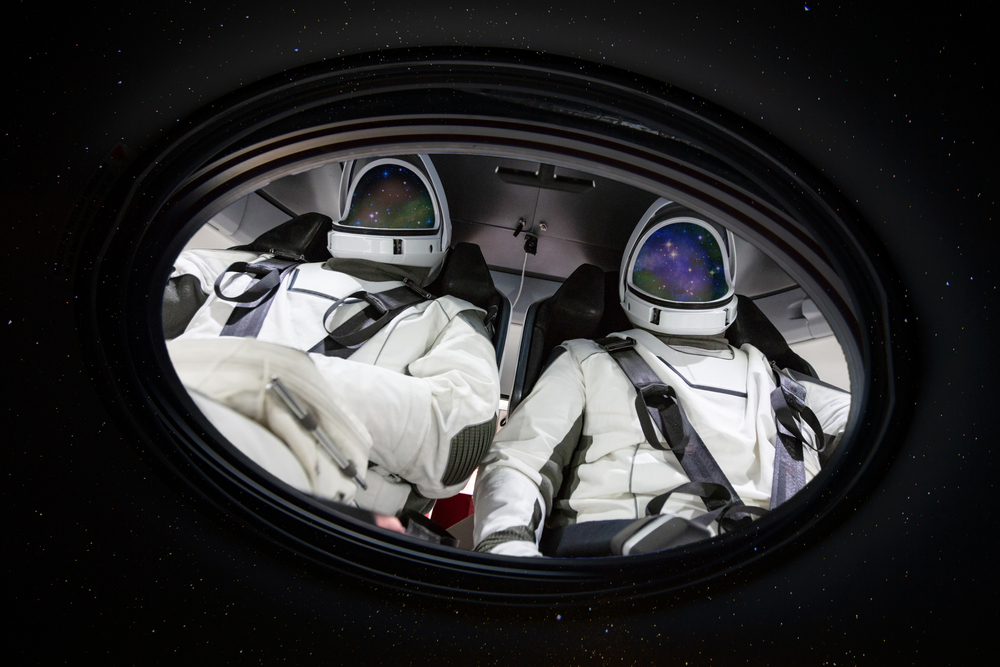
Contrary to popular belief, astronauts do not experience zero gravity as soon as the shuttle leaves the ground. In fact, they remain under intense gravitational forces (up to 3 Gs) during ascent. They only experience weightlessness once the shuttle reaches orbit and begins to free-fall around the Earth.
The shuttle’s engines provide thrust throughout the entire journey.
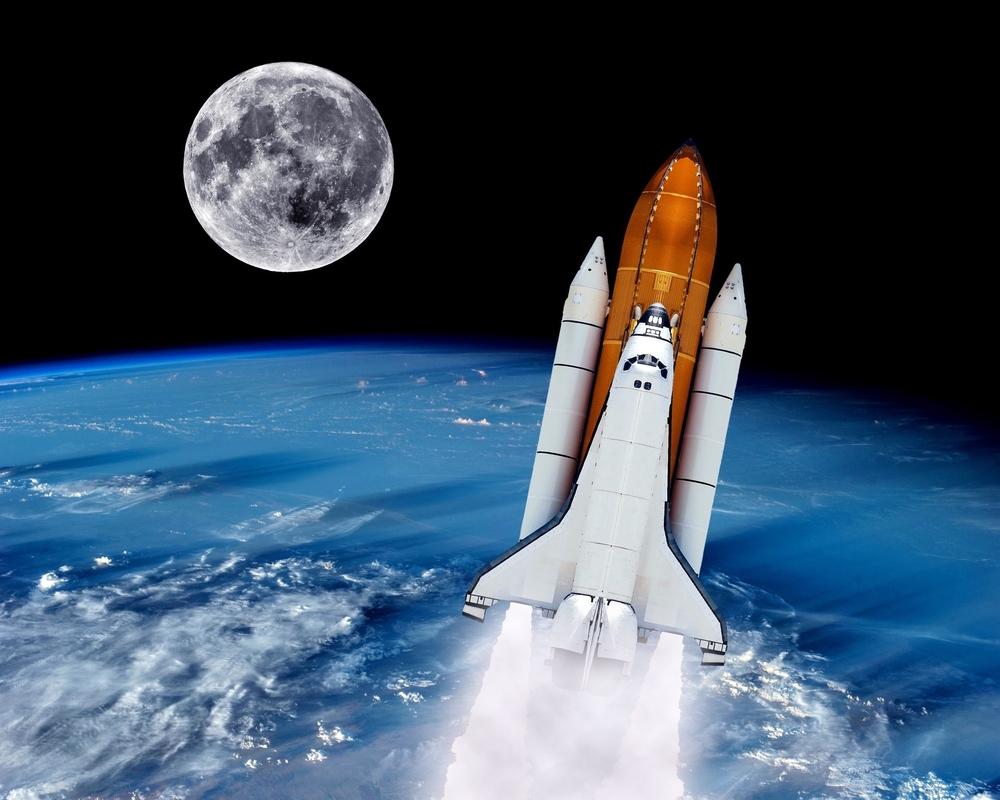
The shuttle’s main engines fire for only about 8.5 minutes after launch. Once it reaches orbit, the engines shut down, and the shuttle relies on momentum and smaller orbital maneuvering thrusters to adjust its position in space. Continuous engine use would require impractical amounts of fuel.
The shuttle reaches space in just a few minutes.
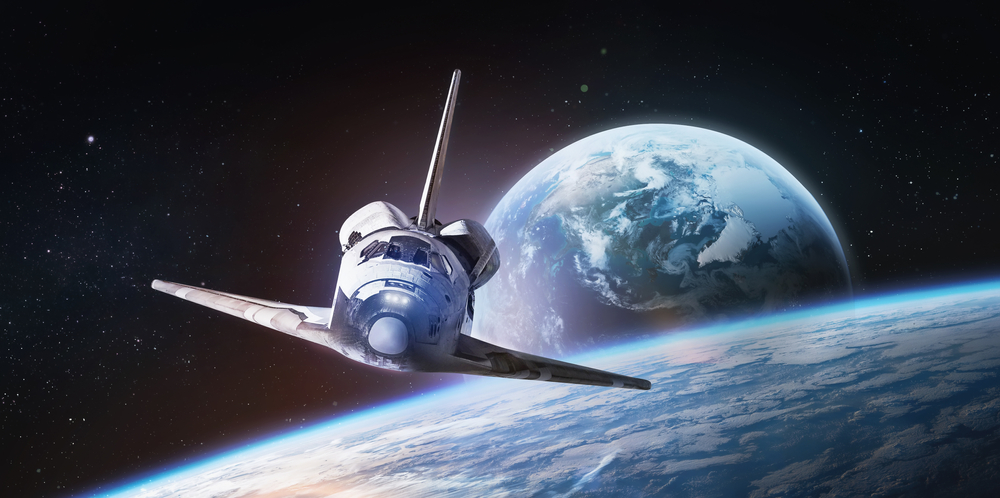
It takes roughly 8-9 minutes for a shuttle to reach orbit, which is much longer than the “few minutes” many people assume. This is because the shuttle must gradually increase speed to over 17,500 mph to enter orbit, and it follows a controlled ascent that balances both vertical and horizontal motion.
Weather conditions on Earth don’t affect shuttle launches.
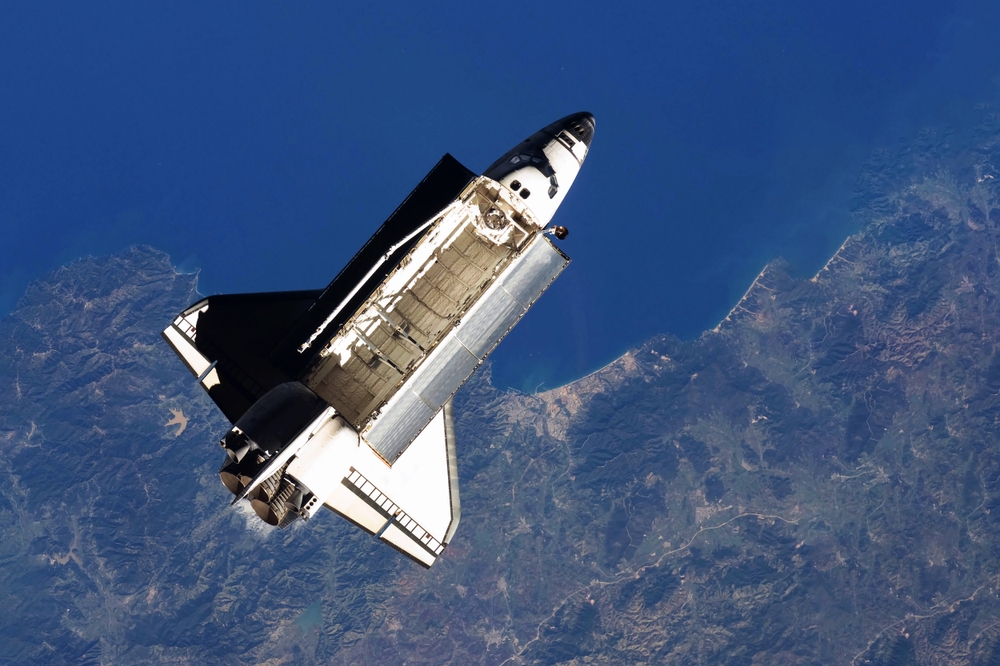
Weather plays a crucial role in shuttle launches. High winds, lightning, and cloud cover can delay or even cancel a launch. Specific conditions must be met to ensure both safety during ascent and a smooth landing if the shuttle needs to abort its mission early.
All space shuttle launches are successful.
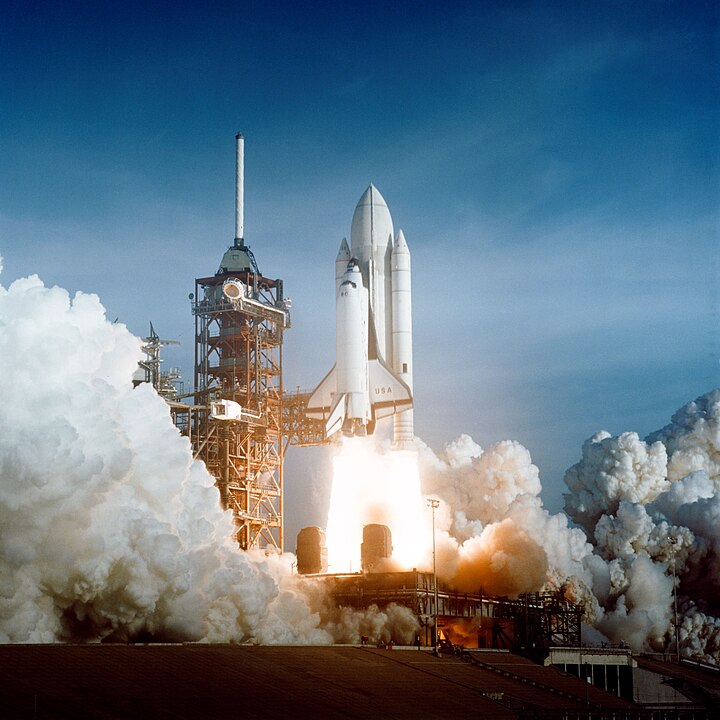
Space shuttle launches have historically faced challenges, and not all of them were successful. Two shuttle disasters, Challenger in 1986 and Columbia in 2003, remind us that launches carry risks. Stringent safety measures have since been put in place, but no launch is ever guaranteed to succeed.
Shuttles travel faster than the speed of light.
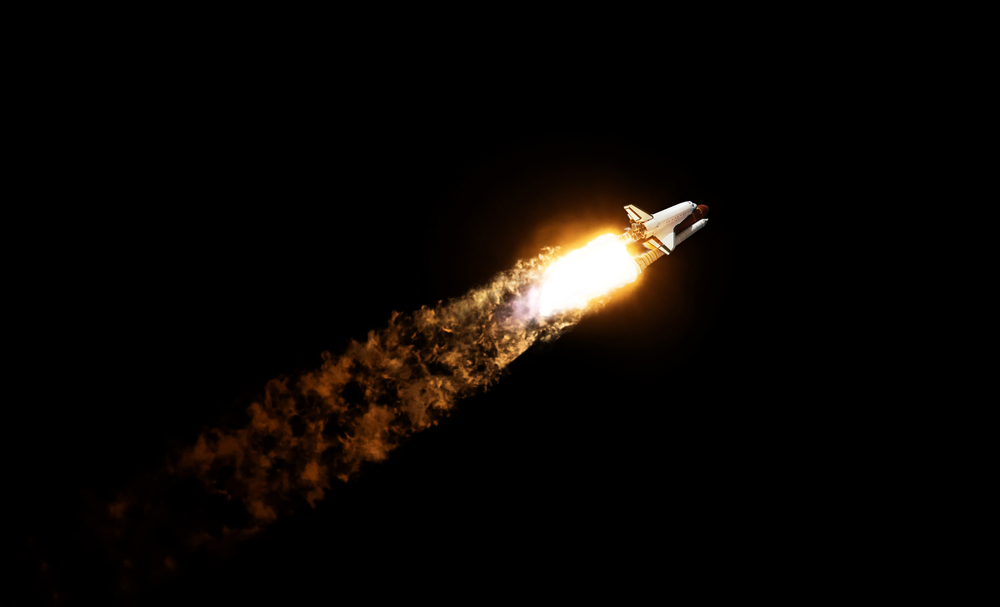
This misconception likely comes from confusion about the incredible speeds shuttles reach. While shuttles travel at around 17,500 mph to stay in orbit, this is nowhere near the speed of light, which is 186,000 miles per second. Space travel operates at speeds that are impressive but far from light speed.
Astronauts float in space because there’s no gravity.
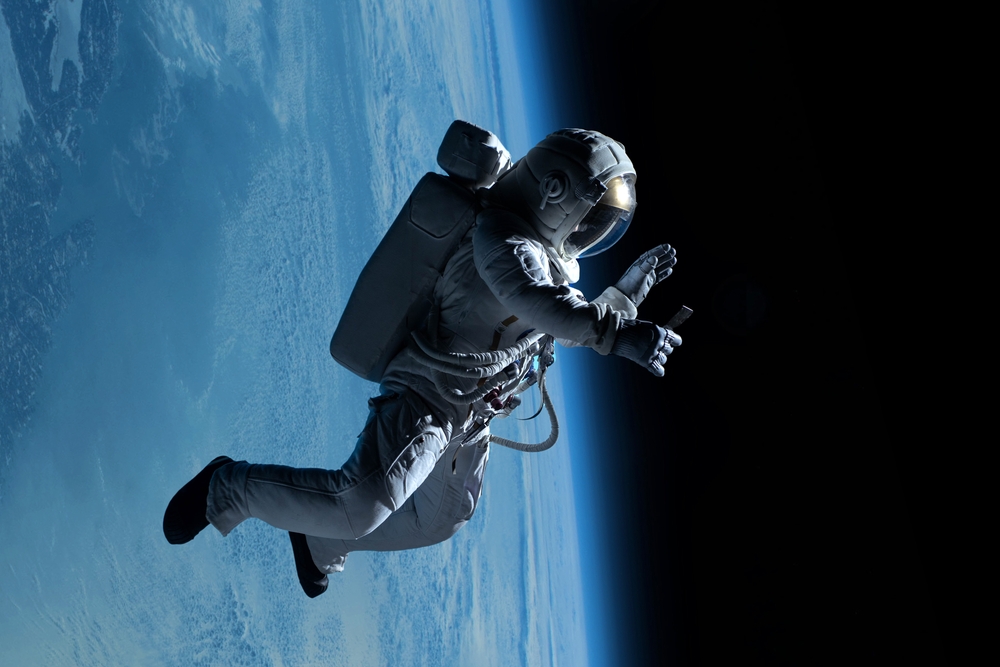
Astronauts float not because there’s no gravity in space, but because they are in free-fall, orbiting the Earth. The shuttle and astronauts are constantly falling towards Earth, but because of their speed, they never hit the surface, creating the sensation of weightlessness.
Shuttles launch from anywhere, not just specific locations.
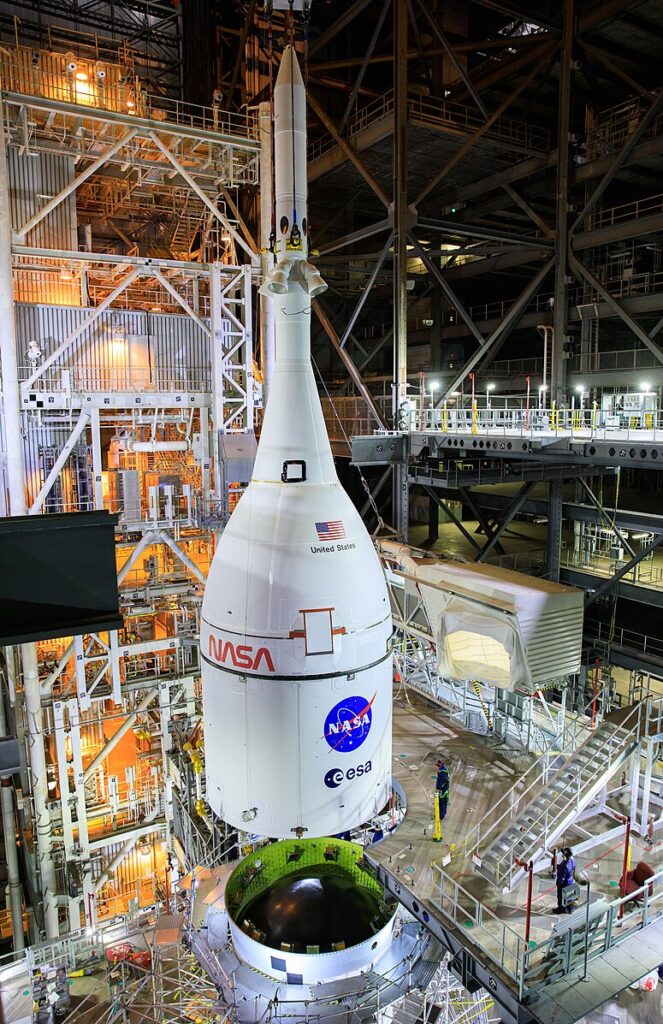
Space shuttle launches must happen from specific, carefully selected locations, such as Kennedy Space Center in Florida. These sites are chosen based on factors like proximity to the equator (for better orbital mechanics) and safety (to avoid populated areas in case of emergency).
The shuttle launches alone without assistance from rockets.
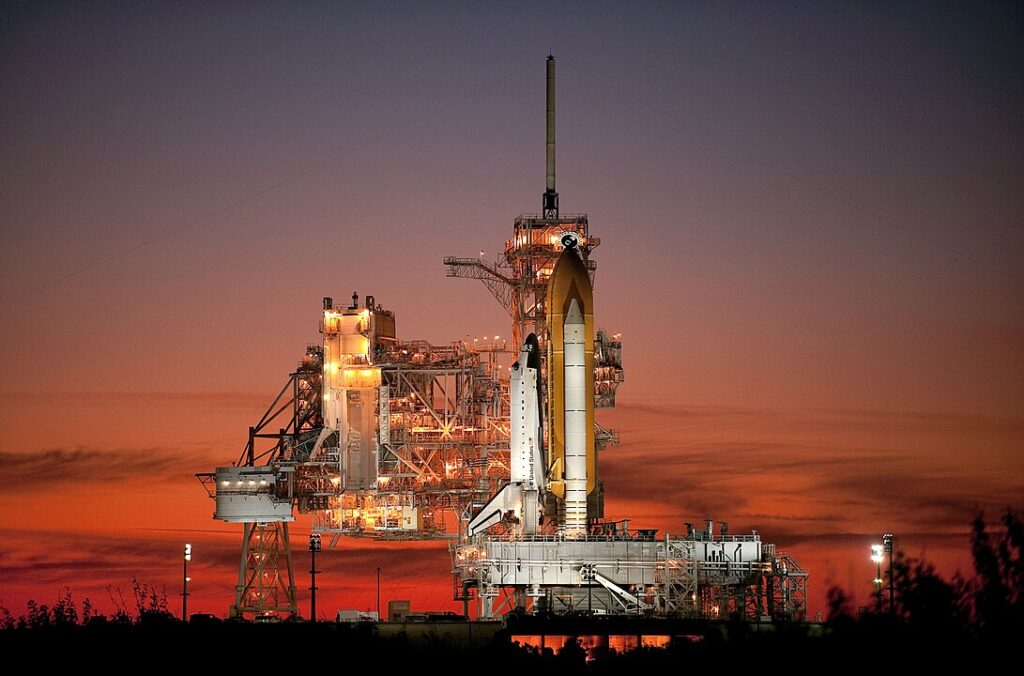
The shuttle does not launch alone. It requires the help of solid rocket boosters and a massive external fuel tank to provide the necessary thrust. These elements work together to lift the shuttle off the ground, and the boosters are jettisoned once their fuel is spent.
Shuttle launches don’t create any pollution.
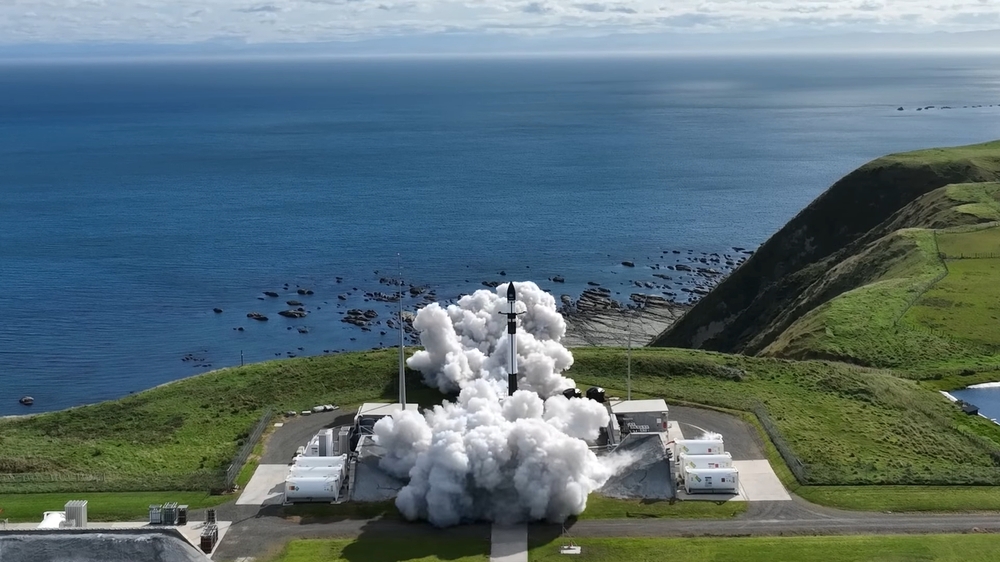
Shuttle launches create significant pollution. The solid rocket boosters emit chemicals like hydrochloric acid and aluminum oxide into the atmosphere, and the liquid fuel used by the main engines contributes to CO2 emissions. Efforts are made to minimize environmental impact, but pollution is still a factor.
All parts of the shuttle return to Earth after launch.
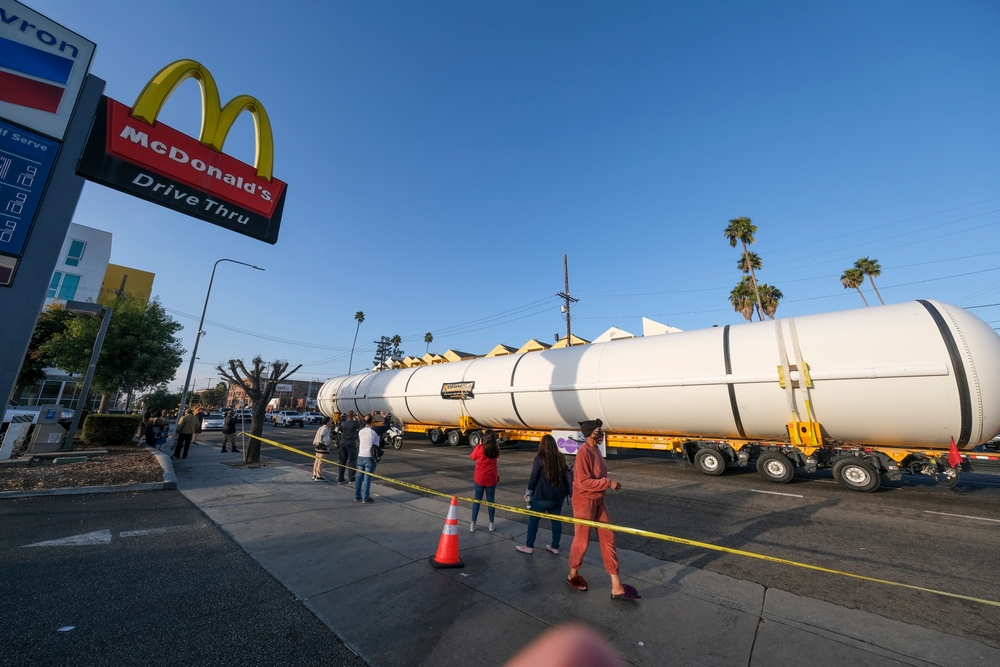
Not all parts of the shuttle return to Earth. The solid rocket boosters are recovered and reused, but the large external fuel tank is discarded and burns up in the atmosphere. Only the orbiter (the part where the astronauts sit) returns intact.
The countdown clock always runs exactly on time.
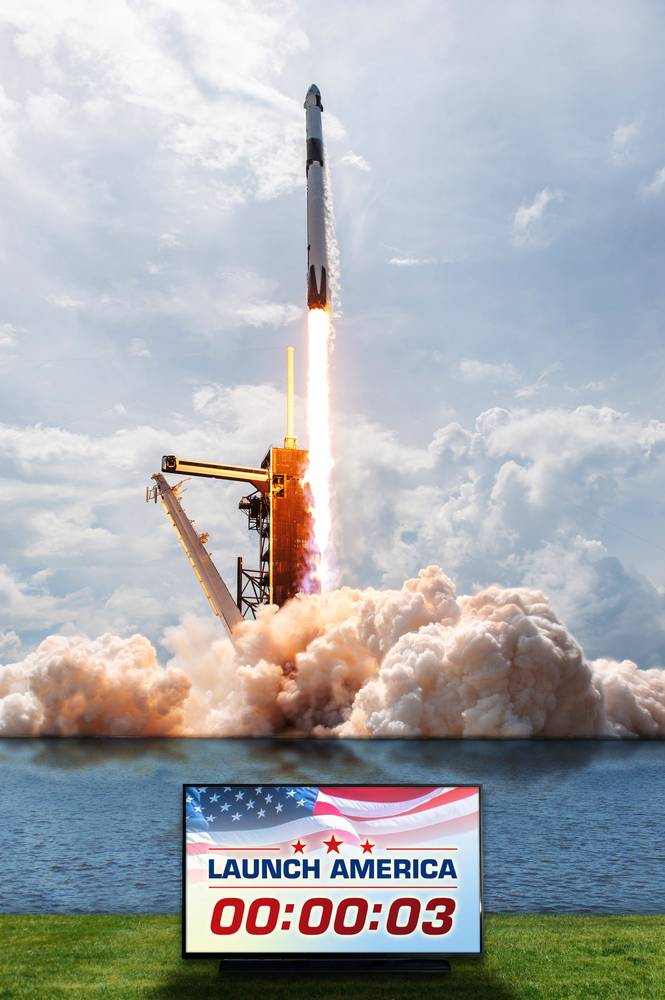
Launch countdowns are frequently paused for safety checks, weather assessments, or technical adjustments. While the countdown clock is essential to timing, it is not uncommon for it to stop and start several times before a shuttle actually lifts off.
Shuttle launches happen without any delays.
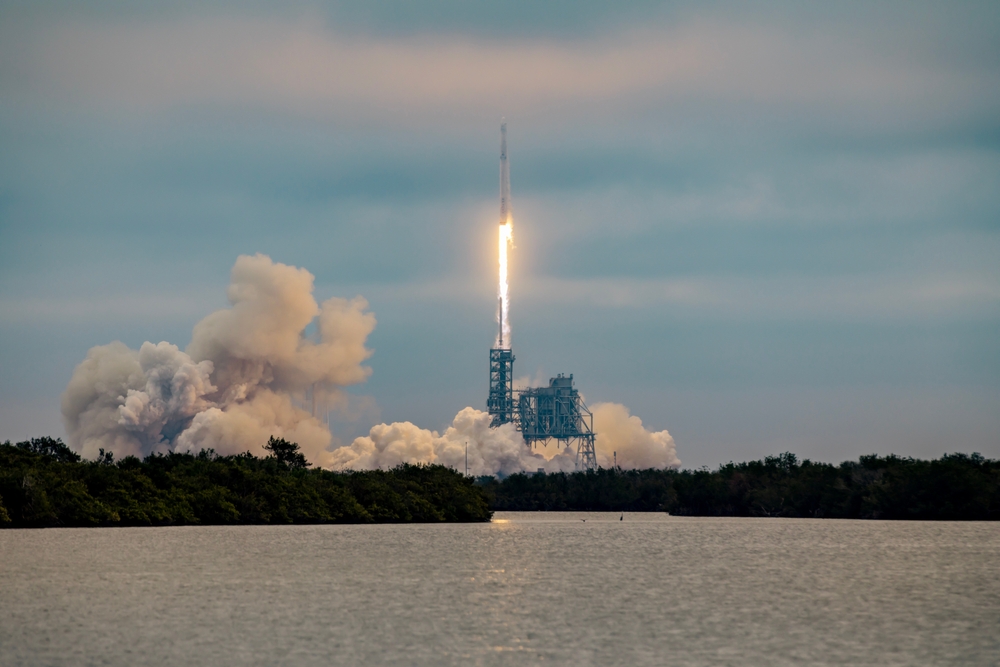
Delays are common in shuttle launches. Factors such as weather, technical issues, and last-minute safety concerns often cause launches to be postponed. A flawless launch on the first scheduled attempt is a rare occurrence in the space industry.
The shuttle’s speed and direction are fully automated.

While much of the shuttle’s flight is controlled by computers, astronauts and mission control play key roles in navigating and adjusting the shuttle’s speed and direction. Human input is critical during phases like docking with the International Space Station and landing back on Earth.
This article originally appeared in MyCarMakesNoise.
More from MyCarMakesNoise
20 Most Durable Pickup Trucks on the Market

Durability is a key factor for many buyers when choosing a pickup truck, especially for those who rely on their vehicle for heavy-duty tasks or off-road adventures. Some pickup trucks stand out for their rugged construction, reliable performance, and long-lasting components. Read More
20 Common Issues When Driving Without Regular Alignment Checks

Skipping regular alignment checks can lead to several issues that affect both your vehicle’s performance and safety. One of the most common problems is uneven tire wear, which reduces the lifespan of your tires and can lead to costly replacements. You might also experience poor handling, as misalignment can cause your car to drift or pull to one side, making it harder to control. Read More
20 Best Backroads for a Peaceful Drive

For those seeking a break from the hustle of city traffic, backroads offer a peaceful and scenic escape. These quiet routes wind through countryside, forests, and rolling hills, providing a serene atmosphere perfect for leisurely drives. Read More

